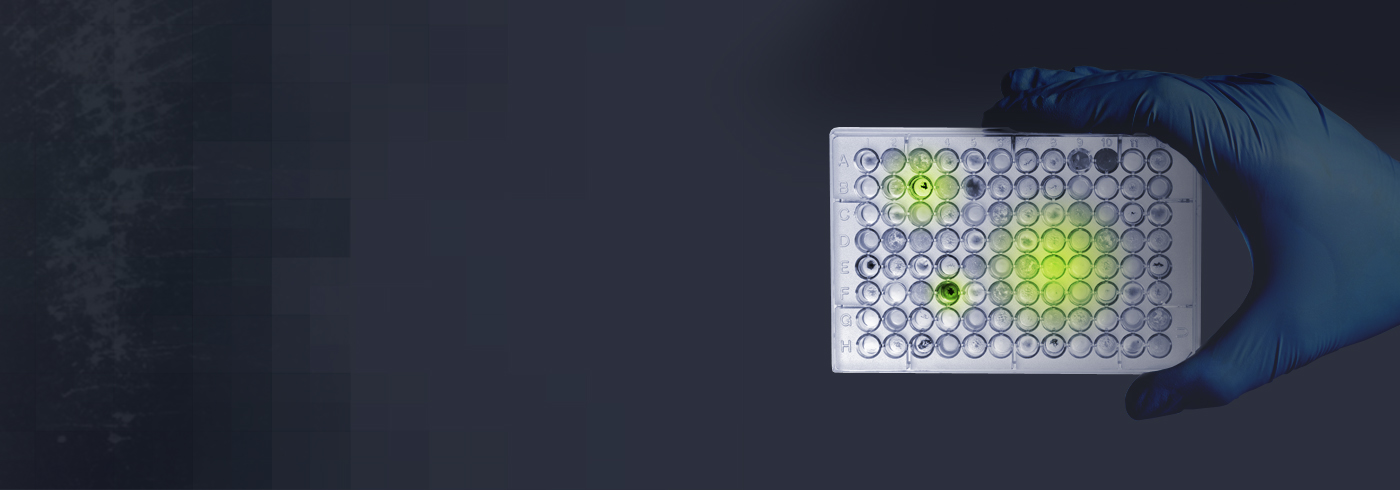
Check back often to find the latest news on AgeneBio and our pipeline of multiple candidates.
January 11, 2021
AgeneBio Presents at Biotech Showcase
Read More
HOPE4MCI Trial: First Trial Targeting Reduction of Hippocampal Overactivity to Treat Mild Cognitive Impairment due to Alzheimer’s Disease with AGB101
Sharon Rosenzweig-Lipson1, Russell Barton1, Michela Gallagher1,2, Chris J Edgar3, Paul Maruff3, Richard Mohs1 1 AgeneBio; 2 Johns Hopkins University, 3 Cogstate
Recent clinical trials for Alzheimer’s disease, including prodromal AD, have struggled to achieve clinical efficacy despite performing as expected with respect to amyloid molecular targets. The development of therapeutics has now focused on pathological tau which spreads according to Braak staging in a manner consistent with the progression of neurodegeneration and clinical decline in AD patients. Given the centrality of a condition of neural hyperactivity in the hippocampus/medial temporal lobe as a driver of AD pathology and early cognitive impairment, hyperactivity has emerged as a rational therapeutic target in early disease. There is strong support from preclinical AD models and human patients, particularly in early stages of AD, that neuronal circuits in the hippocampus become excessively active contributing to neuronal pathology and brain dysfunction1.
It is noteworthy that aging itself, which represents the greatest risk for sporadic late onset AD, is associated with modestly elevated hippocampal neuronal activity in both aged memory-impaired rodents and non-human primates2. Those findings translate in human neuroimaging to a corresponding increase in age-related hippocampal activation detected by fMRI, a condition that is dramatically augmented in patients with amnestic MCI3. The notion that AD pathology contributes to the augmentation of hippocampal hyperactivity is supported by the clinical finding that hyperactivity is most pronounced in the MCI clinical/cognitive phase in patients with amyloid positive PET imaging compared to those who are amyloid negative4. Further, AD pathophysiological pathways involving both amyloid and tau have been functionally linked to excessive neural activity, with heightened neural activity causing dysfunction and progressive spread of pathology in the disease from an origin in the medial temporal lobe/hippocampus5.
Like hippocampal overactivity, recent evidence has demonstrated an association of amyloid and p-tau 217 in early disease, with progressive elevation of p-tau217 through preclinical, prodromal, and clinical phases with remarkable specificity of p-tau217 for AD relative to other tauopathies6. Substantial clinical evidence also indicates that hippocampal overactivity longitudinally predicts subsequent cognitive decline/conversion to a dementia diagnosis and is significantly correlated with the extent of neuronal injury affecting the brain. The evidence that hippocampal overactivity is a potential driver of neurodegeneration during prodromal AD supports the reduction of overactivity as a novel approach to the treatment of patients in this phase of disease with potential to delay/slow progression (Figure 1, Poster). Clinical proof of concept for this therapeutic hypothesis was demonstrated with AGB101 (low dose levetiracetam) in a Phase 2A study that showed a reduction in hippocampal overactivity resulted in improvement in task related memory performance3.
Further benefit of this approach is supported by a recent preclinical study demonstrating that chemogenetic attenuation of neuronal activity in the entorhinal cortex reduces both Aβ and tau pathology in the hippocampus7. To further examine this hypothesis, AGB101 is currently being tested in a 78-week protocol using tau biomarkers ([11C]MK 6420 pet imaging and p-tau 217 plasma) alongside CDRsb for clinical/cognitive efficacy in MCI due to AD.
1Bero et al., 2011; Busche et al., 2012; 2015; Ewers et al. 2011; Varga et al., 2014; Hall et al. 2015; Wu et al. 2016; 2Wilson et al., 2005; 2006; Koh et al., 2010; Thomé et al., 2015; 3Bakker et al., 2012, 2015; Celone et al., 2008; Dickerson et al., 2004; 2005; Hämäläinen et al., 2007; Yassa et al., 2010; Ewers et al., 2011 for review; 4Huijbers et al., 2015; 5Busche et al. 2015; Wu et al. 2016; Yuan and Grutzendler, 2016; Berron et al., 2019; Huijbers et al., 2019; 6Palmqvist et al., 2020; 7Rodriguez et al., 2020 Partially supported by 5R01AG061091 to Richard Mohs and R01AG048349 to Michela Gallagher

